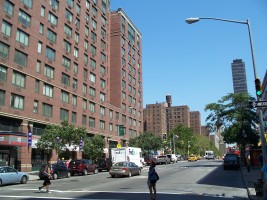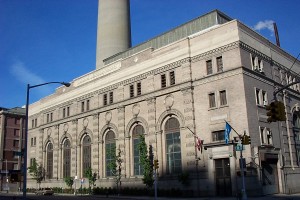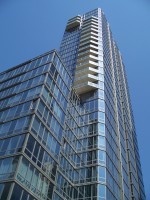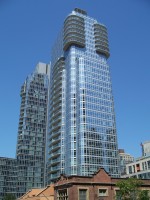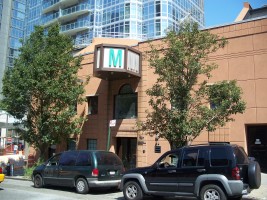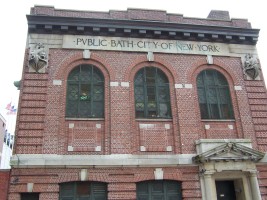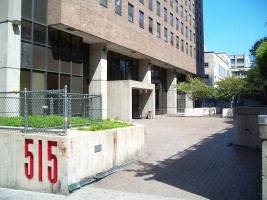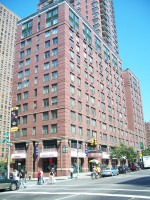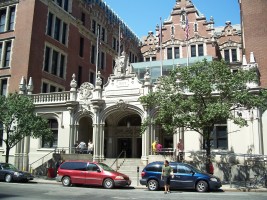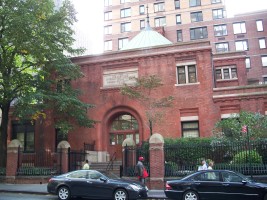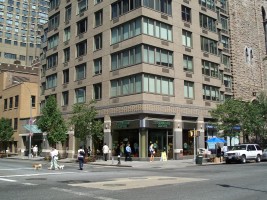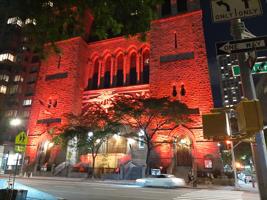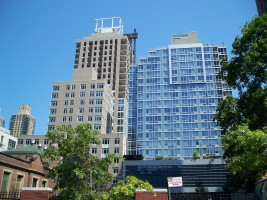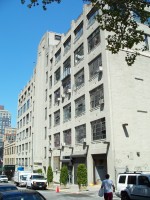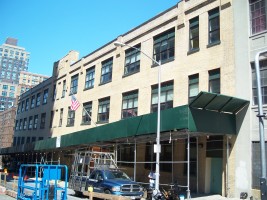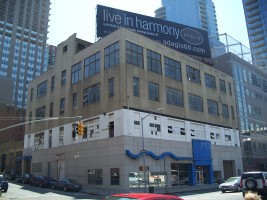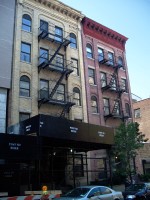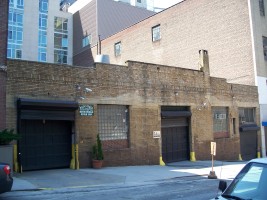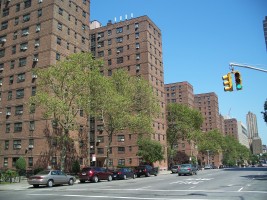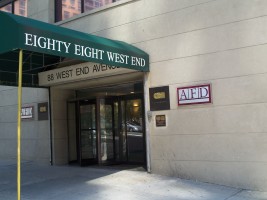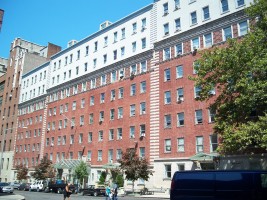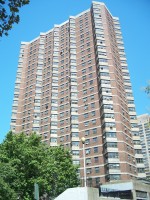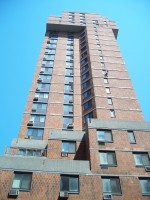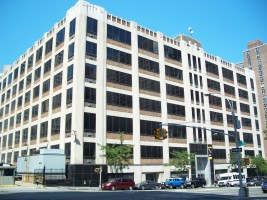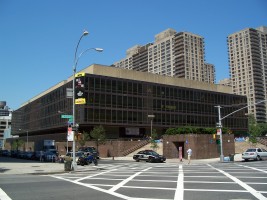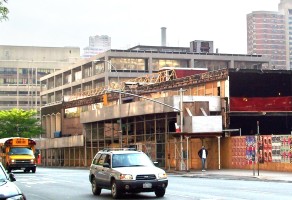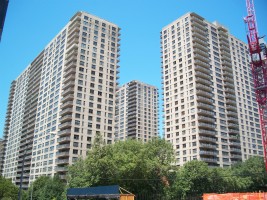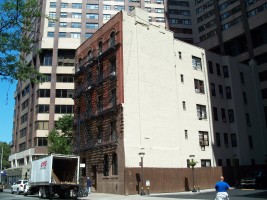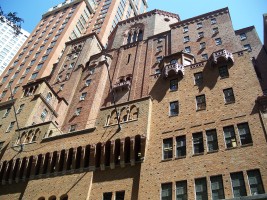San Juan Hill
San Juan Hill was a predominantly African American neighborhood in Manhattan in the early 20th century roughly bounded by West 59th Street to the south, West 65th Street to the north, 10th Avenue (Amsterdam Ave.) on the east and 11th Avenue (West End Avenue) on the west.
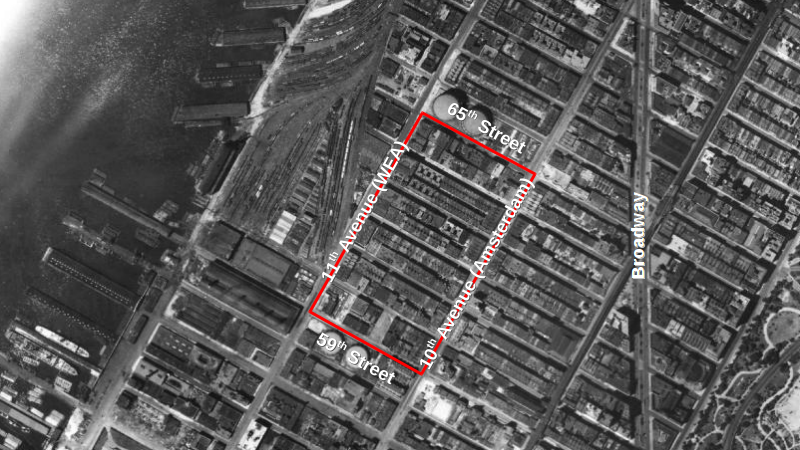
Author Marcy Sacks (author of the definitive Before Harlem: The Black Experience in New York City Before World War I) also considers a "satellite community" of black institutions around 53rd Street in Hell's Kitchen to be a part of the neighborhood.
This area in general on Manhattan's Upper West Side is known as Lincoln Square, although the origins of the name are a bit of a mystery. The intersection of Broadway and Columbus had been called Empire Square or Empire Park since the late 19th century. In 1906, the city's Board of Alderman renamed the double triangle Lincoln Square in an action sponsored by West Side Alderman John J. Hahn. The name was used for a theatre then under construction on 65th Street by developer John L. Miller. However, it is not entirely certain who coined the name or why it was chosen.
San Juan Hill in particular developed in the late 19th century with African-Americans who began flocking to cities, making it one of the more densely populated areas of the city and also one of the more violent. The name San Juan Hill is variously attributed either to the United States Army's black 10th Cavalry, which fought at the battle of San Juan Hill during the Spanish-American War in 1898 or, more likely, to the violent clashes between black and white residents of the area. In the midst of all the excitement, San Juan Hill was also home to an extensive night live that served as one of the significant crucibles for the development of jazz music.
The exhuberant optimism that followed World War II had little affinity for old urban buildings, poor folks or black people. Since San Juan Hill had plenty of all three, it was a ripe target for a "urban renewal."
Amsterdam Houses was the first salvo, replacing three blocks between West 61st Street and West 64th Street with public housing. The blocks to the east were next as development czar Robert Moses had the neighborhood declared a blighted slum. After a court battle that went all the way to the Supreme Court, 17,000 residents were evicted to build Lincoln Center and Lincoln Towers in the blocks just to the east and north of San Juan Hill. In the early years of the 21st century, the southern San Juan Hill blocks between West 59th Street and West 61st Street were largely redeveloped with large luxury apartment towers that echo the redevelopment of the West Side Railyard into Riverside South just to the west of San Juan Hill.
All this development has left few remaining artifacts of the once vibrant San Juan Hill neighborhood. A number of industrial buildings from the period remain, but very little of the residential architecture. However, after running across a nice NY Times article on the cultural heritage of the area, I decided to take a little stroll around the area in the Summer of 2008 to see what I could find.
